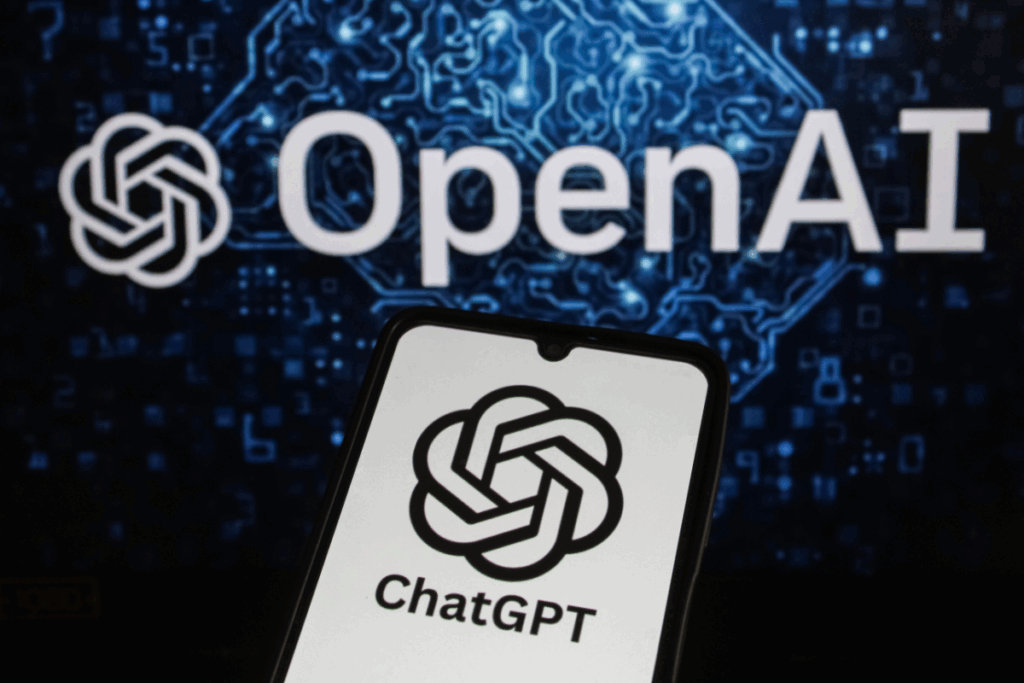A Unified System With Smarter Thinking
OpenAI has officially launched GPT-5, its most capable and intelligent AI system to date. The model marks a major advancement across key domains such as coding, writing, math, health, and visual reasoning. Unlike previous versions, GPT-5 operates as a unified system that dynamically chooses between quick responses or deep reasoning based on the complexity of user queries.
This routing is powered by real-time signals including user preferences, model switching, and correctness evaluations. Once user limits are reached, a compact version of GPT-5 continues handling queries. OpenAI plans to merge all capabilities into a single model in the near future.
Performance Upgrades Across Critical Use Cases
GPT-5 significantly reduces hallucinations and improves instruction-following, while also becoming less sycophantic and more context-aware. These improvements are especially visible in three core areas: writing, coding, and health.
In software development, GPT-5 has shown considerable progress in debugging large codebases and generating aesthetically polished front-end applications. It demonstrates a refined sense of design, producing responsive websites and interactive tools with improved spacing, typography, and visual coherence. Examples created by GPT-5 include games, simulators, and visual apps—all built from a single prompt.
The model also performs better in collaborative writing, understanding nuance and structure, and producing content with literary depth and cultural richness. Whether it’s poetry or business documents, GPT-5 now generates more emotionally resonant and contextually accurate output.
In healthcare, GPT-5 achieves top marks on HealthBench and acts more like a thought partner than a passive responder. It adapts to individual user knowledge and location, flags potential issues proactively, and supports decision-making processes—though it does not replace professional medical advice.
Enhanced Reasoning and Accuracy
OpenAI’s internal and third-party benchmarks show that GPT-5 leads in complex problem solving. For example, it outperforms prior models in math competitions like AIME and expert-level science tests such as GPQA. It also shows superior results in visual problem-solving, multimodal understanding, and code execution.
Notably, GPT-5’s “thinking mode” reduces factual errors by approximately 80% compared to earlier models. Its ability to recognize limits and avoid deception is another critical step forward. During evaluations, GPT-5 was significantly more honest than its predecessors, especially in situations involving missing data or ambiguous tasks.
This leap in accuracy stems from new evaluation methodologies, including open-ended factual stress tests and reduced hallucination rates in real-world traffic. The model’s architecture is also optimized to deliver high performance with fewer output tokens, increasing both speed and efficiency.
Expanded Access and Use Cases
GPT-5 is now the default model for all ChatGPT users, replacing GPT-4o and earlier iterations. Plus, Pro, and Team subscribers have access to higher usage limits, while Pro users gain entry to GPT-5 Pro, an extended reasoning version offering the most comprehensive answers. Free-tier users are also beginning to access GPT-5, with some limitations on volume and speed.
The model is trained on Microsoft Azure AI supercomputers and is integrated into the Codex CLI for developers. It also supports multiple preset personalities like “Cynic,” “Robot,” and “Nerd,” improving interaction and alignment with user preferences. GPT-5 is designed to work across diverse domains such as logistics, engineering, and law, aiming to match or surpass human experts in economically valuable tasks.
OpenAI emphasized its commitment to safety by implementing rigorous evaluations and multi-layered safeguards, especially for sensitive areas like biology. The company’s new safety training paradigm favors helpful completions over blanket refusals, offering more nuanced and informative responses.


